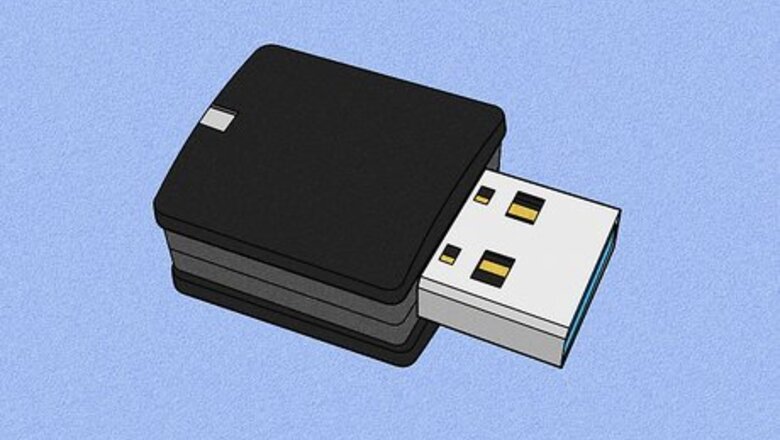
views
- You'll need a USB Wi-Fi LAN dongle for your computer, even if you have onboard Wi-Fi.
- You'll also need a USB passive extension cable, which you can find cheap at many retailers.
- Attach the dongle and extension cable to a mesh sieve or other dish-shaped mesh metal item, then connect the extension cable to your computer.

Get a USB Wireless LAN adapter dongle. This small device, about the size of your thumb, provides Wi-Fi capability to your computer. You will need this even if your computer has built-in wireless. For best compatibility, get one that includes the 802.11b and 802.11g standards. The shape of the dongle is important. For cost-effectiveness, look for a small thumb-shaped device. Larger "squashed mouse" models (~$50 – 60 USD) are generally more sensitive and powerful. Although they may be harder to mount, they perform better in more demanding setups.
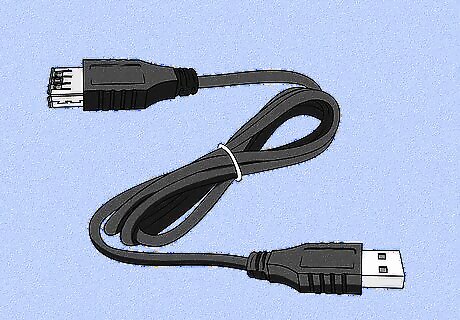
Get a USB passive extension cable. You want a Type A (male) to Type A (female) cable. You can find these at the dollar store or your local electronics store. This will connect the USB Wi-Fi adapter to your computer's USB port. The antenna is directional, so you'll need to position it so it has a direct line of sight view of the wireless access point. Make sure your cable is long enough to position it where you need it, up to a maximum of 15 feet (4.6 m) (5m). You can link multiple extension cables together if you need. Active USB extenders (~$10 USD) allow further cable runs, which may even allow elevated outdoor antenna placement.

Get a mesh-covered dish. The easiest to use is an Asian "scoop" cooking utensil (shaped like a wok, but mesh) used to fry things—it's the perfect shape and conveniently comes with a long wooden handle! Other options include sieves, steamers, pot lids, and lamp shades—as long as they are dish-shaped and metal. Any parabolic piece of metal mesh will work—bigger means a better signal, but harder to carry around. Larger options include discarded DirectTV dishes or mesh-covered umbrellas, and although these should give more signal boost, mounting difficulties, and wind resistance tend to make about 12 inch (30 cm) (300mm) diameter the most practical. Flexible stalk desk lamps allow these to be neatly mounted & positioned.

Assemble the system. Attach the Wi-Fi dongle and USB extension cable to the dish with twist-ties, tape, or hot melt glue. You want the dongle at the focal point "hot spot" apex of the dish—radio signals come in and bounce toward the center, a few fingers above the surface of the dish. The best dongle location spot can be found by simple experiments. One aiming method involves covering the dish with aluminum foil and watching it reflect sunshine—the spot with the most light is the dish's hot spot. You may need a short support stick to get the dongle off the surface of the dish into this position. Alternative support methods use string tied across the face of the dish like a spider web, hollowed-out plastic garden hose fittings, or even chopsticks!
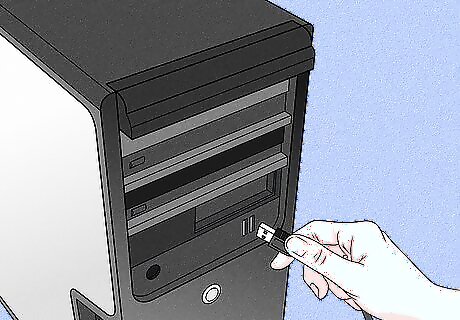
Plug in your antenna. Insert the male end of the USB extension cable into your computer, and set that as your Wi-Fi card using your network settings.
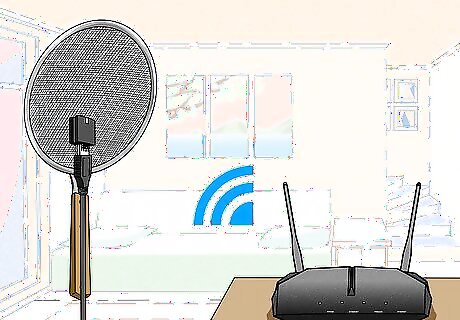
Aim your dish. Locate the remote Wi-Fi transmitter that you want to access. Your Wi-Fi antenna is very directional, so getting the aim right is important. Pointing the dish toward the remote antenna is the best place to start, although stray reflections from buildings etc may sometimes give good signals from unexpected directions. You can use an inexpensive hand-held laser pointer to verify that you are aimed right at the wireless transmitter. It's great fun with your cat when you're done surfing the web!
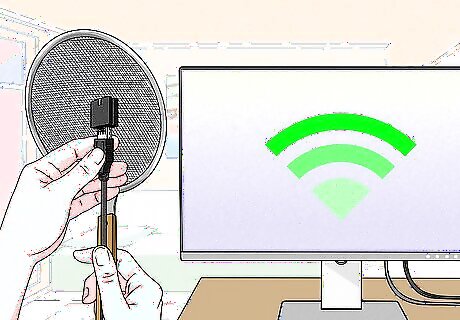
Fine-tune your dish. Once you are connected, tune your dish by adjusting the position of the dongle while watching the signal meter on your computer. A program like NetStumbler for Windows or KisMAC for Mac can greatly help by giving you graphical readouts of signal strengths. Compared with inbuilt Wi-Fi adapters, which are usually down at desk level and can easily be screened by metal walls, partitions, vegetation, or your body, even a simple elevated "woki" setup like this can boost signals and extend ranges enormously!


















Comments
0 comment